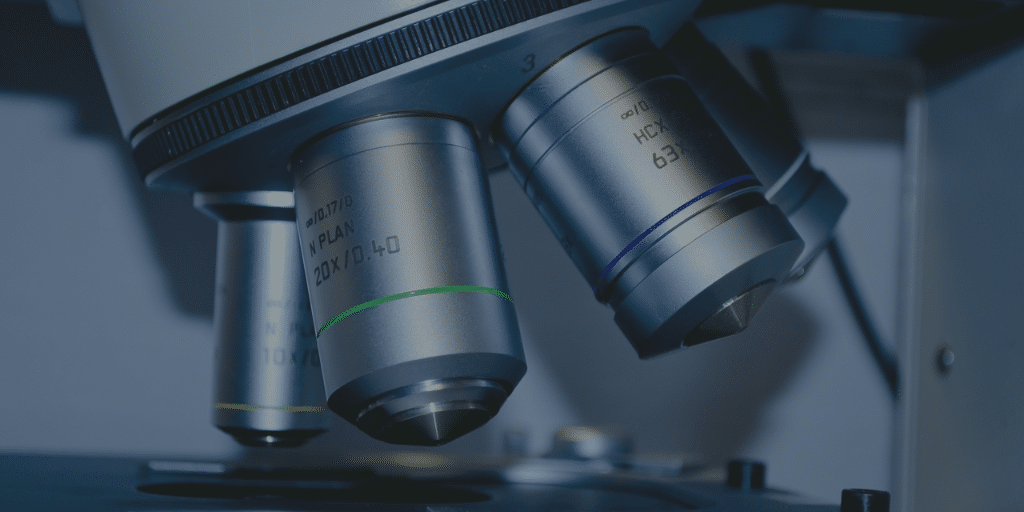Autism Spectrum Disorder (ASD) in TSC
Nearly 90% of individuals affected by TSC experience a wide range of neuropsychiatric symptoms that fall under the umbrella of TAND, TSC Associated Neuropsychiatric Disorders. These include behavioural, psychiatric, intellectual, academic, neuropsychological and psychosocial issues.
Autism spectrum disorder (ASD) is one of the most common TAND diagnoses, with previous research showing 30-50% of individuals with TSC meet the criteria for ASD, compared to 2% for the general population.
This study looked at developmental and behavioural features in infants with TSC by the time they were 36 months of age which might indicate higher suspicion for ASD.
Who was included in the study?
The study included children living with TSC aged 3-12 months, who had not had epilepsy surgery or SEGAs requiring medical or surgical management.
Children were enrolled in the study from 5 hospitals in the USA. A total of 169 children were enrolled. This study reports on 138 of those children.
Genetic testing was available for 109 of the children with TSC1 variants found in 14% and TSC2 variants in 75% and no mutation identified in the remaining 11%.
What was involved in this study?
The children in the study underwent repeated assessments using autism specific evaluations including the Autism Diagnostic Observation Schedule-2 (ADOS-2) and Autism Diagnostic Interview-Revised (ADI-R). The assessments were conducted until the children were 36 months of age. They included behavioural and developmental assessments.
What did the research find?
Overall, 25% of the 138 children in the study were diagnosed clinically with ASD. Approximately 45% had developmental delay and 38% had speech and language delays.
78% of the children developed seizures during the study at an average age of 5.4± 3.8 months. The presence of seizures prior to 12 months was associated with worse developmental outcomes and autism-related behaviours at 24 months of age.
On all developmental assessments significant differences were seen between the 25% of the group who were diagnosed with ASD and the children who were not diagnosed with ASD, with the largest differences seen in quality of social overtures, facial expressions and abnormal repetitive interests and behaviours. Nearly all autistic behaviours on the ADOS-2 and the ADI-R were more prevalent in children diagnosed with ASD, but the research found that many of the children not diagnosed with ASD exhibited autism-associated behaviours.
Take home message
Children with TSC are at risk for a range of developmental and behavioural challenges. The use of autism-specific assessments should be interpreted very carefully. Broader TAND features make clinical diagnosis more complex as there is considerable overlap between the neuropsychiatric features that can be seen in TSC (delayed language, unusual eye contact, repetitive behaviours etc) and ASD.
ASD is highly prevalent in TSC and additionally many people with TSC exhibit a broad range of subthreshold autistic behaviours.
Using the TAND checklist and screening once a year can assist to identify and treat symptoms and behaviours, as well as to provide opportunity for early targeted treatments.
About this research
This is part of a wider research program through the TSC Autism Centre of Excellence Research Network (TACERN) which is a multicentre, prospective observational study evaluating early clinical, structural and electrophysiologic biomarkers of ASD in people with TSC.
Capal, J. K., Williams, M. E., Pearson, D. A., Kissinger, R., Horn, P. S., Murray, D., … & TACERN Study Group. (2021). Profile of Autism Spectrum Disorder in Tuberous Sclerosis Complex: Results from a Longitudinal, Prospective, Multisite Study. Annals of Neurology, 90(6), 874-886.
Abstract available at Profile of Autism Spectrum Disorder in Tuberous Sclerosis Complex: Results from a Longitudinal, Prospective, Multisite Study – Capal – 2021 – Annals of Neurology – Wiley Online Library
(Full text available by paid subscription only.)
DISCLAIMER
This information is intended to provide some insights into recent TSC-related research. It is not intended to, and it should not, constitute medical or other advice. Readers are warned not to take any action without first seeking medical advice.

